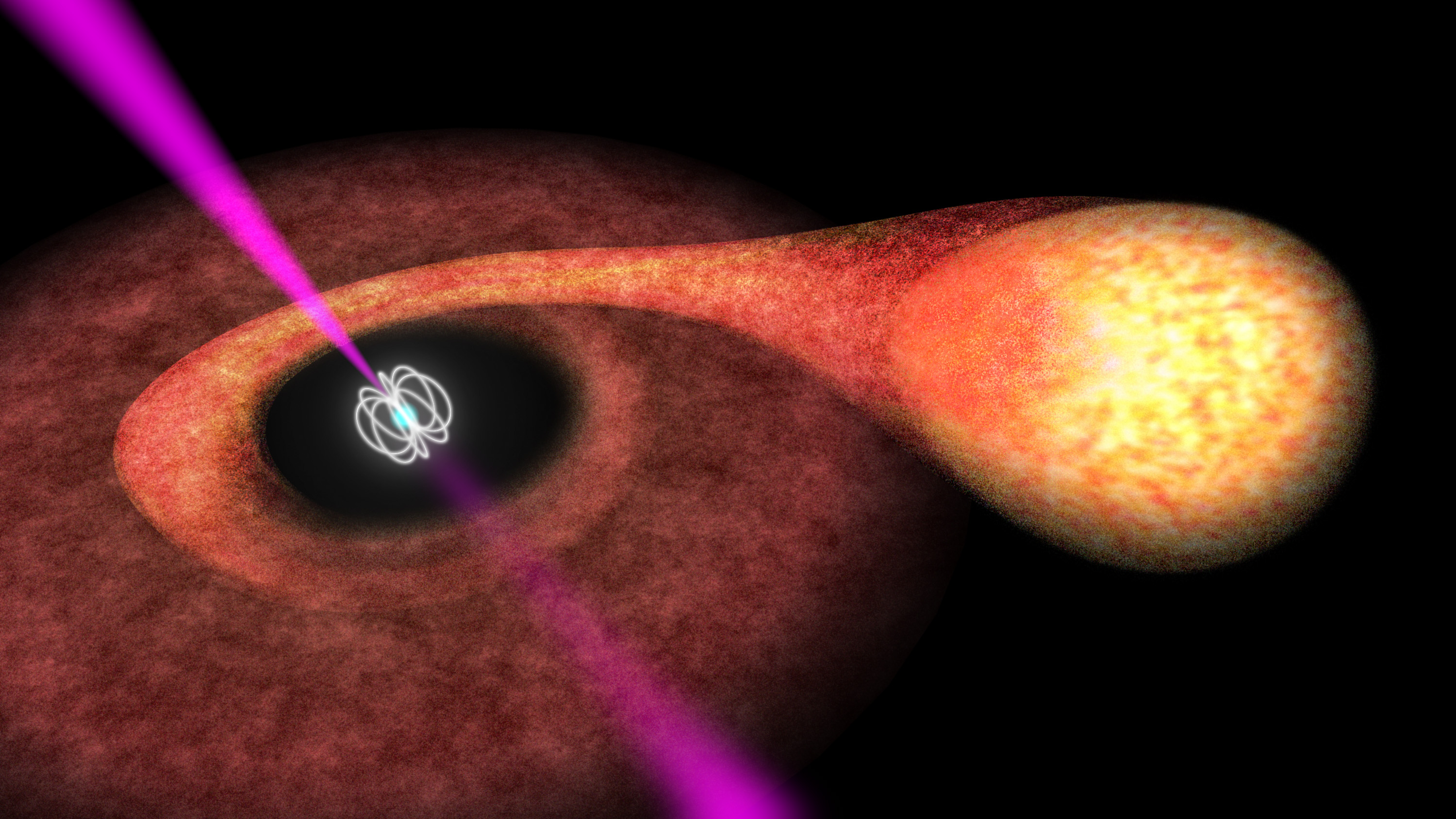Spinning black hole swallows star
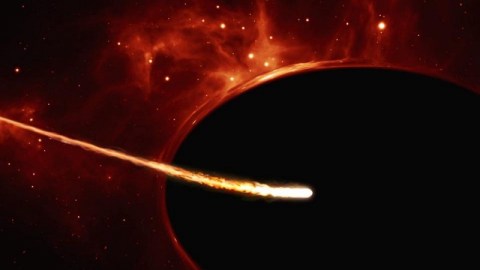
And, in the process, surpasses every supernova ever seen in terms of brightness.
“Even with all the collected data we cannot say with 100% certainty that the ASASSN-15lh event was a tidal disruption event. But it is by far the most likely explanation.” –Giorgos Leloudas
Last year, the brightest supernova event ever detected was observed. From four billion light years away, a single point in a distant galaxy spontaneously brightened, rose to a peak outshining the entire galaxy, and gradually faded away. At its most luminous, it was twice as bright as any other supernova previously seen, and was 20 times as intrinsically bright as all the stars in the Milky Way combined. Known as ASASSN-15lh, it was first thought to be a supergiant star that went hypernova, over 100 times as bright as a typical supernova. But follow-up observations with Hubble showed this couldn’t be the case at all; the afterglow signals were all wrong in detail. Instead, an even rarer model fits the data best: a spinning black hole devouring a passing star!
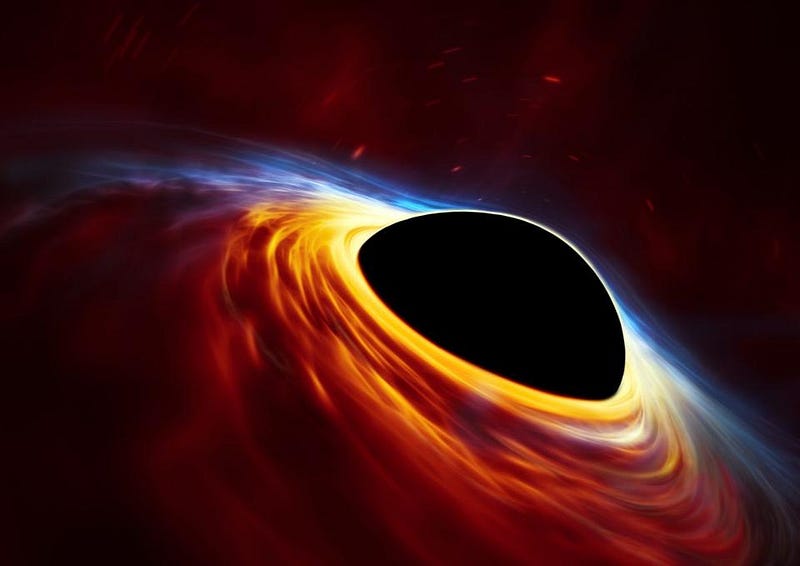
Supernovae come in a variety of brightnesses, with the most luminous ones triggered when the core of a massive star collapses. The rapid collapse causes the temperature inside the dying star to skyrocket, resulting in a runaway fusion reaction. Typically, the innermost regions collapse down to a neutron star or a black hole, while the outer layers are expelled close to the speed of light. In the brightest cases of all, the energies inside get so large that photons spontaneously produce pairs of matter and antimatter, lowering the pressure even further and igniting the most intense collapse of all. The runaway reaction that ensues produce copious amounts of new nuclei, enabling the formation of elements all the way up the periodic table, and creating radioactive sources that cause supernova remnants to shine brightly for decades or even centuries after the explosion.
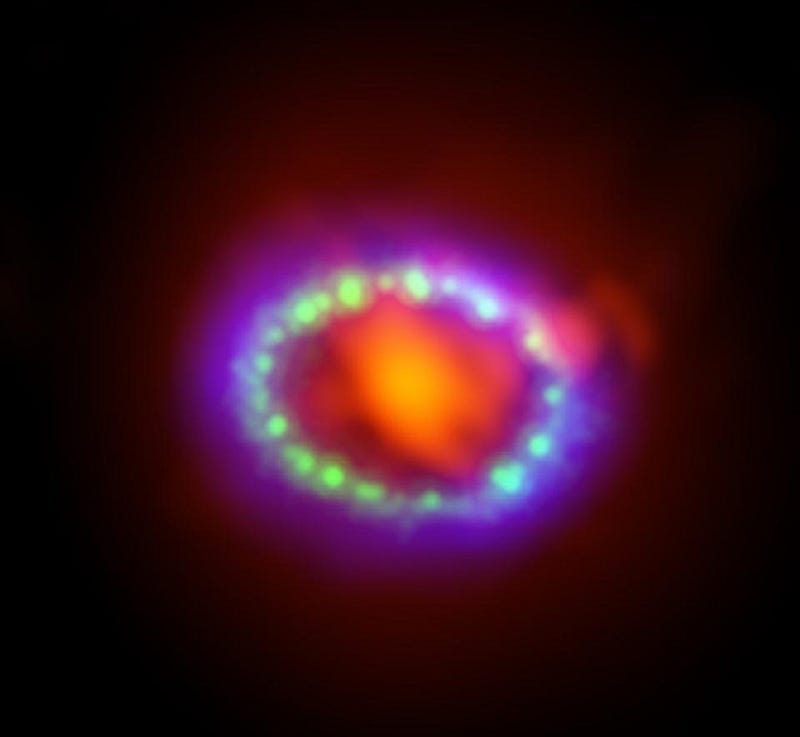
But what this objects showed was different. Supernovae not only emit characteristic signals in terms of brightening, reaching a peak and fading away in the optical, but also display signatures in the X-ray and infrared. This object is too distant for detailed X-ray observations, but was observed in ultraviolet/optical/infrared detail over a 10 month period by the Very Large Telescope, by Hubble, and by ESO’s New Technology Telescope. What they found was a signature that was inconsistent with any known type of supernova. Moreover, even models that represented exotic scenarios couldn’t reproduce the features seen in ASASSN-15lh.

Sometimes, however, a failure to line up with anything seen before can be even more interesting than what would have been the brightest supernova of all time. While supernovae have a gradual rise to a peak and then slowly fall off, this event showed multiple distinct phases, including a puzzling surprise: a rapid re-brightening in the ultraviolet. In addition, the brightest supernovae are always seen to occur in luminous, blue, rapidly star-forming galaxies, since that’s where the most massive stars are created and found. But the galaxy housing ASASSN-15lh is red and of average brightness only; there are no spectacularly large stars inside. In no instances do bright supernovae form in regions like this or exhibit an ultraviolet rebrightening; something else must have been at play.
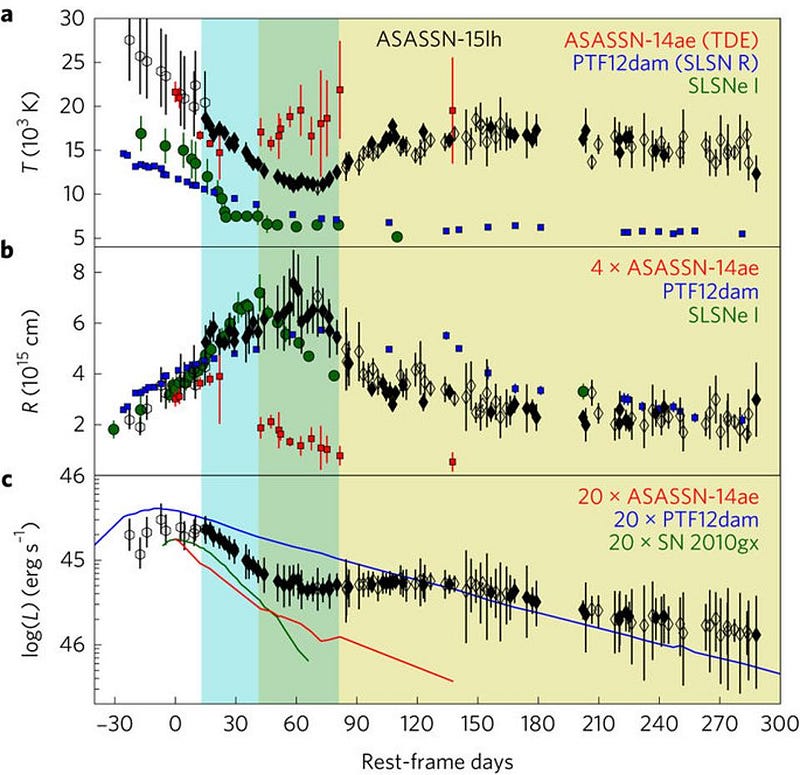
But all is not lost, as there is a model that fits! Almost every galaxy, even quiet, red ones, contain supermassive black holes at their core. When matter approaches — whether an asteroid, planet, gas cloud or a star — the incredible tidal forces stretch and pinch it, tearing it apart into a long, thin strand. Some of these black holes can rotate incredibly rapidly, causing the matter that falls in to accelerate at different rates depending on the orientation and configuration of the infall, which changes over time. The ASASSN-15lh event not only showed an ultraviolet re-brightening, but a rapid temperature spike at late times as well. If the explanation pans out, this would be the first time we’ve ever observed a rare event of this kind: a massive star disrupted and devoured by an ultramassive, rapidly spinning supermassive black hole.
Classic, non-rotating disruptions as well as all known supernova models have been ruled out as possible explanations, as the light signatures simply fail to match the physical predictions. But quite surprisingly, a rapidly rotating black hole of 100 million solar masses or more could reproduce the observations simply by devouring a relatively low-mass, Sun-like star. As Giorgos Leloudas describes:
We observed the source for 10 months following the event and have concluded that the explanation is unlikely to lie with an extraordinary bright supernova. Our results indicate that the event was probably caused by a rapidly spinning supermassive black hole as it destroyed a low-mass star.
This is no supernova; this is no luminous flare. This is unlike anything we’ve ever seen before, and it’s likely because rapidly rotating supermassive black holes are the exception, rather than the rule. The Universe is a big place, however, and in this galaxy alone, it’s likely that another star will someday be disrupted and devoured by the central black hole. Given enough time and enough quality observations, we should expect to see another event that’s equally rare and brilliant. There are features in this signal that match tidal disruption events alone, but the rotation is a new, literal twist. The most beautiful idea is one that can be tested, confirmed and validated, and with any luck, the coming years will show us where the brightest transient flare-ups truly come from. It may not be from supernovae after all!
Reference: “The superluminous transient ASASSN-15lh as a tidal disruption event from a Kerr black hole,” G. Leloudas et al., Nature Astronomy 1, Article number: 0002 (2016).
This post first appeared at Forbes, and is brought to you ad-free by our Patreon supporters. Comment on our forum, & buy our first book: Beyond The Galaxy!




